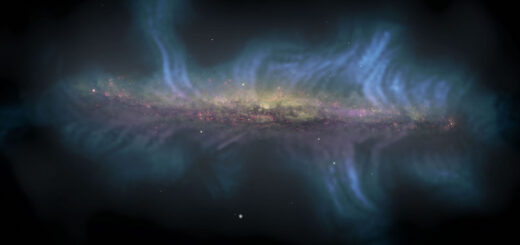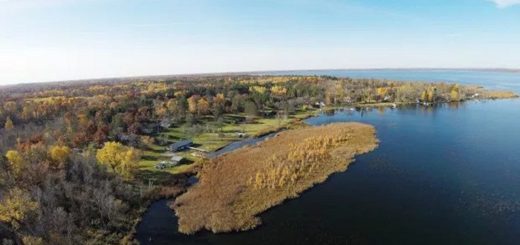Robotic Camera Can Scan Entire Sky in Just Three Nights

The ZTF took this “first light” image on Nov. 1, 2017, after being installed at the 48-inch Samuel Oschin Telescope at Palomar Observatory. The Horsehead nebula is near center. Each ZTF image covers a sky area equal to 247 full moons. CALTECH OPTICAL OBSERVATORIES
Our humble vantage point on Earth makes the night sky seems like a somewhat static scene. But in reality the space around us is ablaze with spectacular phenomena, such as supernovas (exploding stars) and comets, that fairly swarm the heavens. Tracking these events is now a little easier thanks to the Zwicky Transient Facility (ZTF) at the Palomar Observatory in San Diego. Scientists from the California Institute of Technology (Caltech), the University of Washington and eight other institutions announced the camera’s launching in mid-November.
The ZTF is a robotic camera that’s attached to the 48-inch (1.2-meter) Samuel Oschin telescope, which has been scanning the skies since the World War II era. ZTF will operate from early 2018 to the end of 2020, likely witnessing tens of thousands of transient events like the blooming of distant exploding stars, asteroids and planets caught in the inexorable pull of giant black holes.
The 576-megapixel camera captures a full 47 degrees of the northern sky in just a single image – that’s about seven times as much of the sky as earlier versions. For your reference, the sky all around Earth is about 40,000 square degrees, and the ZTF captures 3,750 square degrees of the heavens every hour. After three nights of work, the ZTF will have accumulated images of the entire night sky.
ZTF robotic camera
The ZTF installed on the 1.2-meter diameter Samuel Oschin Telescope. The large-format camera at the heart of the ZTF is located inside the telescope tube, at the focus of the primary mirror.
CALTECH OPTICAL OBSERVATORIES
The system processes those images two-and-a-half times faster than older cameras, meaning researchers can take more pictures, spotting ephemeral events that slower devices would miss. But, that’s only if they have the hard drive space – each image from the camera devours about 4 terabytes of storage capacity once they’ve been processed by Caltech’s Infrared Processing and Analysis Center.
Each image has a resolution of about 24,000 by 24,000 pixels. The pictures are so big that they’re difficult to view on a single display – one researcher estimates that you’d need about 72 average computer monitors to see one of ZTF’s full-resolution images.
ZTF’s primary role is to simply capture and identify transients in the sky. Later, other facilities will help sort through the massive amounts of openly published data that the entire astronomy community can view. And there will be even bigger telescopes to come, like the Large Synoptic Survey Telescope.



 Creators of mankind
Creators of mankind Description of “Tall white aliens”
Description of “Tall white aliens” Where they came from?
Where they came from? About hostile civilizations
About hostile civilizations The war for the Earth
The war for the Earth “Tall white aliens” about eternal life
“Tall white aliens” about eternal life Video: “Nordic aliens”
Video: “Nordic aliens” Aliens
Aliens Alien encounters
Alien encounters The aliens base
The aliens base UFO
UFO Technology UFO
Technology UFO Underground civilization
Underground civilization Ancient alien artifacts
Ancient alien artifacts Military and UFO
Military and UFO Mysteries and hypotheses
Mysteries and hypotheses Scientific facts
Scientific facts


















